Europe is one of the best studied regions of the world, but no overall view of the conservation status of mammals across the continent had been compiled. To fill that gap, the European Union commissioned the World Conservation Union (IUCN) to assess all mammals of continental Europe against the IUCN Red List criteria in order to identify Europe’s most threatened mammals and help set conservation priorities.
According to the assessment, some 15%, or almost one sixth, of mammals are under the threat of extinction; the situation is even more perilous for Europe’s marine mammals, of which 22% are classed as vulnerable. The true number is likely to be even higher, as almost 44% were classified as Data Deficient due to missing information. By comparison, 13% of European birds are threatened.
Conservationists fear that unless the trend is reversed, the European Union will not be able to meet its self-imposed target of halting biodiversity loss by 2010.
Mammals classed as critically endangered, the most serious category:
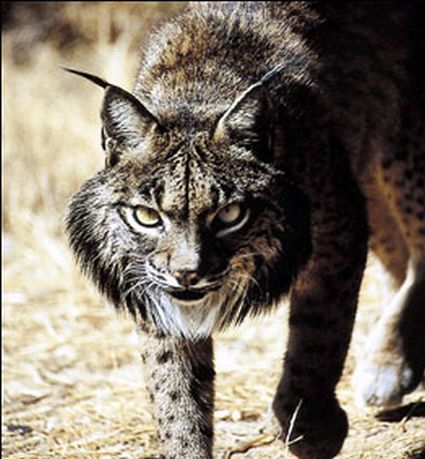
The Iberian lynx is the world’s most endangered big cat, only an estimated 150 are thought to remain.
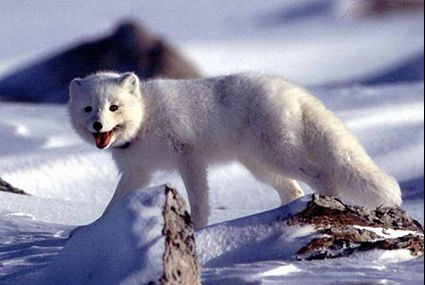

Arctic fox and the European mink have very small and declining populations.
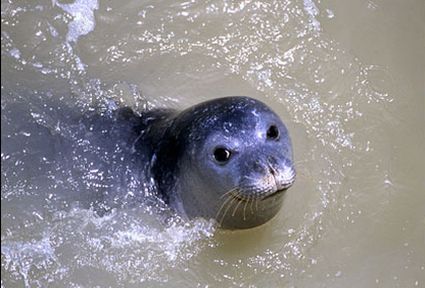
The Mediterranean monk seal population has decreased to between 350-450 individuals.
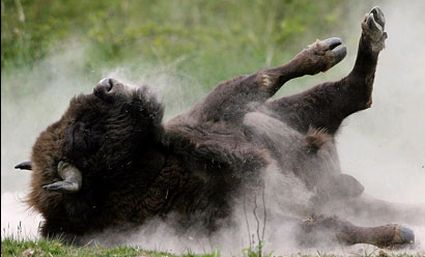
The bison (wisent): The heaviest land animal native to Europe.
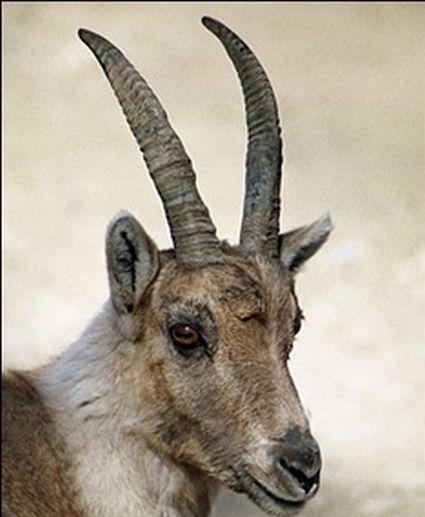
The Alpine ibex.
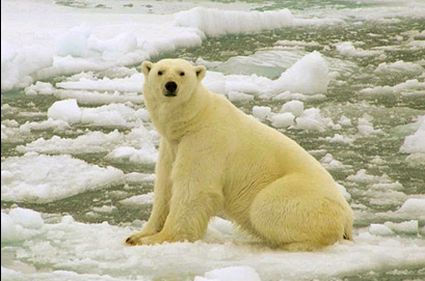
Polar bears.
World Conservation Union (IUCN) Director-General Julia Marton-Lefevre said:
This new assessment proves that many European mammals are declining at an alarming rate. However, we still have the power to reverse that trend, as the case of the European bison which was brought back from extinction clearly shows.
The main threats to European mammals are habitat degradation and loss such as deforestation or wetland drainage, followed by pollution and over-harvesting. For marine species, pollution and accidental mortality from fisheries by-catch or ship collisions are the main risks.
The Europeans could reduce the pressure on species by stopping immigration. Fewer people means, more room for animals.
Source: Discovery News


